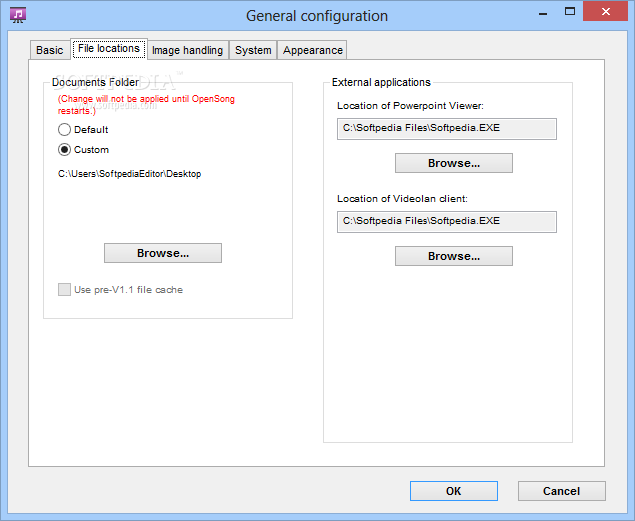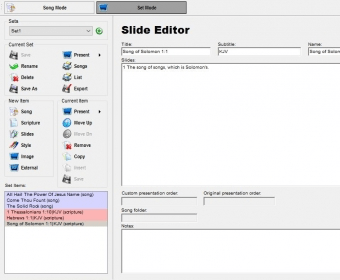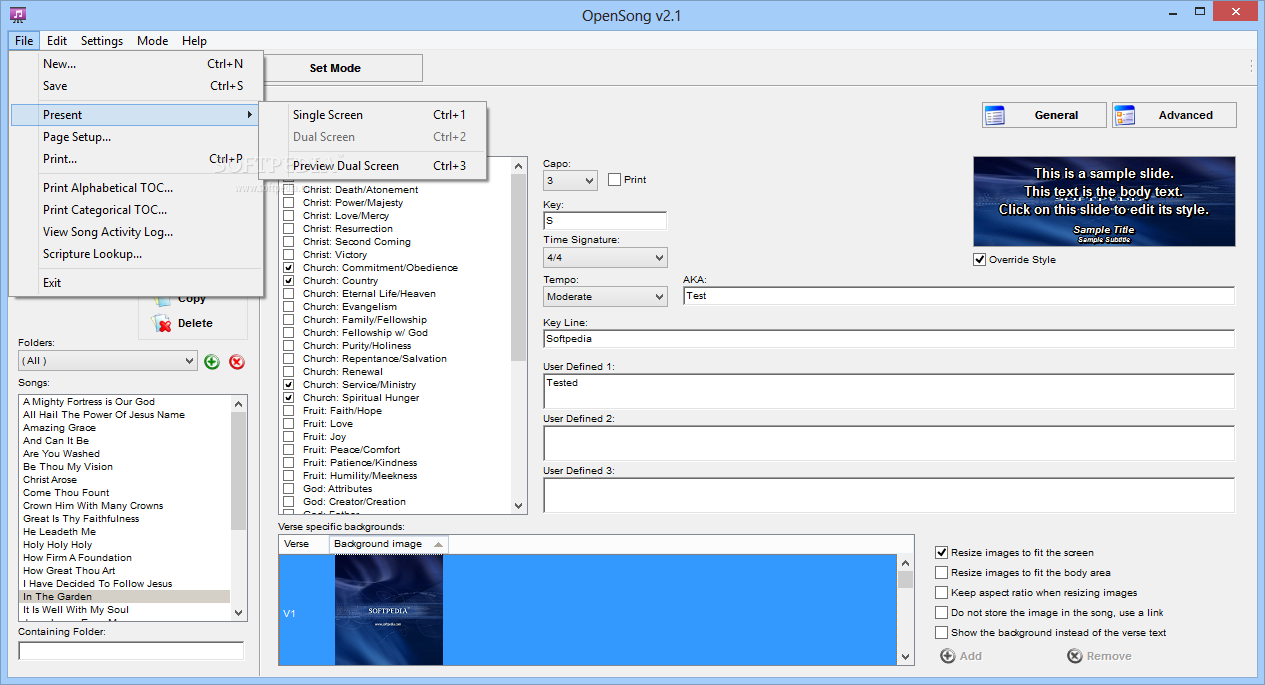
#Opensong tb full
Pretomanid tablets label and full prescribing information. BPaL was approved in accordance with the Limited Population Pathway for Antibacterial and Antifungal Drugs (LPAD) for development of drugs targeting infections that lack effective therapies. On August 14, 2019, the Food and Drug Administration (FDA) approved use of pretomanid 200mg with bedaquiline 400mg/200mg and linezolid 1200mg (BPaL) as a treatment regimen for pulmonary XDR TB and for MDR TB that is treatment-intolerant/nonresponsive (TI/NR MDR TB). Pretomanid (formerly PA-824) is a novel oral bicyclic nitroimidazooxazine. Of 518 MDR TB patients alive at diagnosis, 63% were reported as completing treatment within 24 months, and 8% died before treatment completion (CDC, unpublished data, 2021). During 2014–2018, 524 new cases of MDR TB were reported in the United States and U.S.-affiliated areas (territories and freely associated states), including 443 with resistance to isoniazid and rifampin, 72 with additional resistance to a fluoroquinolone or an injectable (assessed as amikacin, kanamycin, capreomycin), and 9 with additional resistance to both a fluoroquinolone and an injectable (CDC, unpublished data, 2021). Pre-XDR and XDR TB often require 15–24 months treatment after culture conversion with potentially toxic and costly first- and second-line TB drugs.ĭrug-resistant TB remains challenging to cure even as efficacy of drug regimens has improved, side effects and length of treatment have continued to impact patients negatively.

In the United States, XDR TB is currently defined as disease caused by MTB resistant to INH, RIF, at least one fluoroquinolone, and at least one injectable medication (i.e., amikacin, capreomycin, or kanamycin) used in the treatment of TB pre-XDR TB is currently defined as disease caused by MTB resistant to INH, RIF, and at least one of the additional groups (i.e., fluoroquinolones or injectables). Extensively drug-resistant tuberculosis (XDR TB) and pre-extensively drug-resistant tuberculosis (pre-XDR TB) are subsets of MDR TB with additional resistance to the most effective antituberculosis medications. Rifamycin-monoresistant (RMR) TB, (i.e., in the absence of INH resistance), although rare, has also been notably challenging to treat and associated with poor outcomes. Multidrug-resistant tuberculosis (MDR TB), caused by MTB that is resistant to at least isoniazid (INH) and rifampin (RIF), has traditionally required longer, more intensive treatment than drug-susceptible disease, including 15–21 months of treatment after culture conversion with 4–7 drugs that are less effective, more toxic, and more costly than a standard first-line regimen. TB infection is usually transmitted from one person to another by airborne droplet nuclei containing the bacteria. Tuberculosis (TB) is caused by bacteria of the Mycobacterium tuberculosis complex, most commonly M. is not indicated for use alone and has not been approved for use in combination with other anti-TB medications not included in the BPaL regimen.is approved for treatment of pulmonary TB only, and not yet approved for treatment of extrapulmonary TB.can be extended to 9 months (39 weeks) within the BPaL regimen based on delayed treatment response within the first 8 weeks.


CDC recommends the use of pretomanid 200mg daily for 26 weeks in the treatment of adults with pulmonary extensively drug-resistant (XDR), pre-extensively drug-resistant (pre-XDR) (i.e., resistant to isoniazid, rifampin, and at least one fluoroquinolone or injectable medications (i.e., amikacin, kanamycin, capreomycin)) or treatment-intolerant (TI)/nonresponsive (NR) multidrug-resistant TB when a safe and effective treatment regimen cannot otherwise be provided and when administered in combination with bedaquiline and linezolid as the BPaL regimen.

FDA approved the use of pretomanid 200mg in combination with bedaquiline and linezolid (BPaL) in August 2019.


 0 kommentar(er)
0 kommentar(er)
